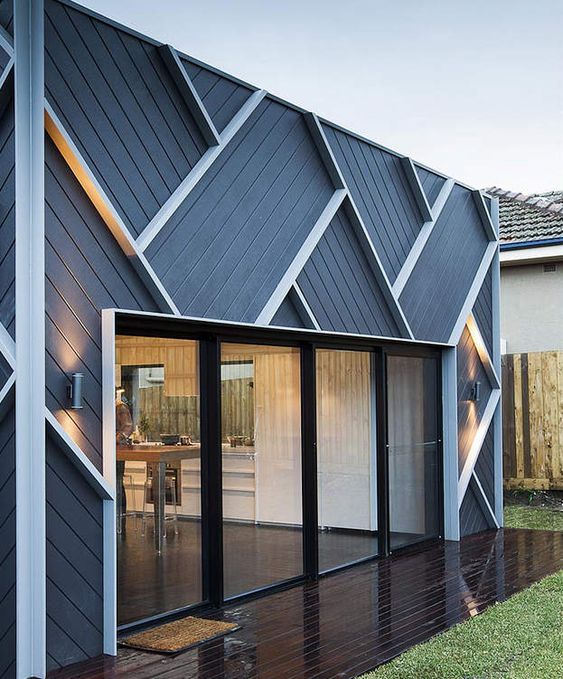
Fiber cement is a story about how technology transforms our understanding of building materials. Cement, sand, cellulose fibers — nothing extraordinary, it would seem. Yet the result is astonishing: the material can mimic any texture — from smooth concrete to weathered barn wood with cracks and scuffs.
The Japanese developed the technology back in the 1980s, but the real breakthrough happened in recent years. Today, manufacturers have learned to create such convincing imitations that it's nearly impossible to tell them apart from natural materials—unless you touch them.
Fiber cement has changed the way we think about facade materials. In the past, you had to choose: either beautiful but high-maintenance (wood), or practical but boring (siding). Fiber cement brings together the best of both worlds.

The material doesn’t burn, rot, attract insects, or warp from moisture. At the same time, it looks just as natural as real wood. That said, there are some caveats — the price is steep, and the weight is significant.

Fiber cement is especially valuable where natural materials tend to fail. The base of a house is an area of constant contact with moisture, where wood deteriorates quickly.
Working with fiber cement is much easier than with natural wood. The panels don’t warp or twist, and their dimensions remain stable. They attach to a standard batten system. The key is to provide a ventilation gap and use high-quality fasteners. However, there are some considerations: the panels are heavy — not every structure can support them without reinforcement.
Of course, as always, there’s no single perfect solution that fits everyone — all conditions must be considered in context. But one thing is certain: fiber cement is part of a larger trend toward "smart" materials that combine the aesthetics of natural elements with the advantages of modern technology.


